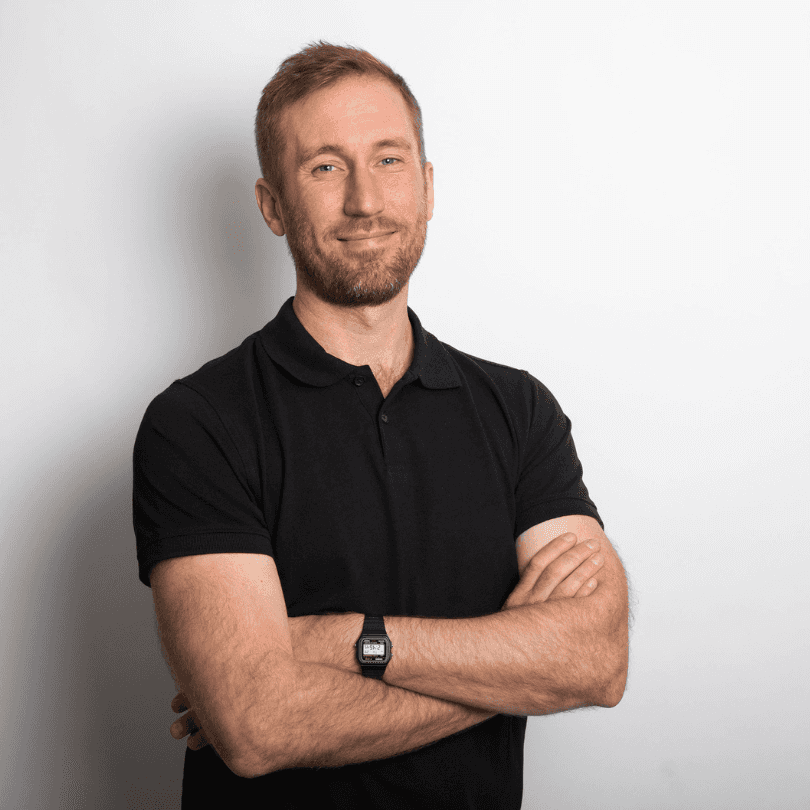A Guide To Beating Aquarium Algae
A Guide To Beating Aquarium Algae
What is Algae?
Algae is a small photosythetic organism which typically grows in water. There are many different kinds, ranging from the miniscule diatoms, right up to the large sea weeds which can grow up to 50 meters tall!
Why does algae appear in our aquarium?
Firstly, it is important to state that most algae are not dangerous to the inhabitants of our aquariums, and more often than not they are no worse than an unsightly nuisance. Moreover algae in the wild is an important part of the natural ecosystem, many creatures use algae as a food source, so it plays an important role in the food chain.
That said, when algae really takes hold and begins to smother the tank this can be detrimental to the overall health of our tanks and can also be a good indicator that something is not right with our water, and action is needed.
Algae use light and nutrients to power their growth, much like plants both in our aquariums and on land. When there is an imbalance of nutrients and / or light, or our plants aren’t in the best of health, algae can gain the upper hand and begin to take over.
Most common causes of algae and how to take action:
Too much light – In nature, algae absorb the sun’s light energy to fuel their growth. If there is an abundance of light, coupled with an excess of nutrients, algae will thrive. Positioning the aquarium away from any direct sunlight and having the aquarium lights on for no longer than 6 – 8 hours will greatly reduce the chance of excess algae growth.
Excess nutrients – This is particularly common in new planted aquariums where a nutrient rich substrate or soil is used. Nitrogen compounds such as ammonia leach from the soil and are in abundance during the first few weeks after initial setup. This can be controlled with regular large water changes, usually daily for the first 2 weeks, then every other day in week 2, every 3rd day in week 3 and weekly thereafter. Another way to mitigate against this nutrient excess during the first few weeks is to plant densely. Use fast growing stem plants which will be hungry for all those dissolved nitrogen compounds and nutrients, and hopefully out-compete the algae.
In more mature aquariums algae can often be triggered into faster growth by high nitrates. This could come from over stocking with fish, lack of water changes, dirty filtration, over feeding, or overdosing liquid fertilizers without performing adequate water changes.
Poor plant heath – Algae can commonly appear on the leaves of damaged or unhealthy plants. Ensure the plants you grow are appropriate for your aquarium setup and are positioned where they will produce their best growth, for example, Rotala rotundifolia ‘H’ra’ enjoys lots of light and will perform best when placed in full view of the light, whereas Anubias sp prefer not to be in direct light and will attract less algae when positioned under hardscape or shaded by other plants. Provide for the plant’s needs with a good quality liquid fertilizer, plant growth substrate or root tabs, and look out for any signs of nutrient or light deficiencies such as pale leaves, holes in leaves or leggy growth. Remove any obviously damaged leaves to stimulate fresh growth.
Algae eating aquarium fish – There are many fish and other critters which we can add to our aquariums to help keep algae in control. However, it is very important that these creatures are only added if your aquarium is suitable to house them. Check the long term requirements of the fish / shrimp / snail and only purchase if they can be kept happily in your aquarium. Many Plecostomus species are sold as ‘Algae eaters’ but they will soon outgrow all but the largest of tanks, and can end up making algae problems worse due to their messy nature.
Some great options for aquascaped tanks would be Amano shrimp, Panda Garra, Nerite snail, Siamese Algae Eater.
Treatments – There are several algae treatments on the market. Some work by removing phosphates (a key nutrient used by algae) from the water. Others, such as 2hr Aquarist APT Fix are an algaecide which can be applied directly to the algae to kill it. Liquid carbon products can also be used to spot treat algae and can also be dosed to the water to inhibit algae growth. Always follow closely the manufacturers guidelines!



